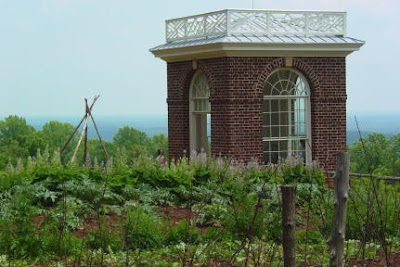
One thing about traveling by train, as opposed to car or airplane, is that you get a sort of "backstage" look at parts of the country.
For instance, if you drive I-70 across Missouri, as I often have, you see what amounts to solid walls of billboards and chain restaurants and motels on both sides.
Take the Southwest Chief from Kansas City up through La Plata, Mo., (the station for Kirksville and Truman State University) and into Iowa, and you see a different, less-glitzy Missouri. You see backyards and loading docks and small town streets, as well as the open country in between.
Last week, riding through Virginia, West Virginia, Ohio, Indiana, and a corner of Illinois on the Cardinal, I saw a lot of backyards. It was depressing.
You plant grass, fertilize it, mow it, look at it, mow it ... Some Midwestern yards are about a quarter-section in size, I swear.
No, having a John Deere riding mower does not make you an agrarian producer.
What surprised me on this late-June trip was how few vegetable gardens I saw, even in small towns and rural areas.
One thing Thomas Jefferson got right: at Monticello, the vegetable garden (photo above) is a whole lot bigger than the West Lawn, which was the grandkids' playground.
In line with Michael Pollan's admonition to "Eat food," if some fraction of the vast American lawn were given to gardening, think of the positive effects.
I don't mean just the lower carbon footprint of walking out to the garden to cut some lettuce. I think everyone should grow some little part of what they eat, just to stay in touch with reality -- the reality of air, water, sunshine, and soil.
There might be other social and personal benefits as well, but this post is already long enough.
No comments:
Post a Comment